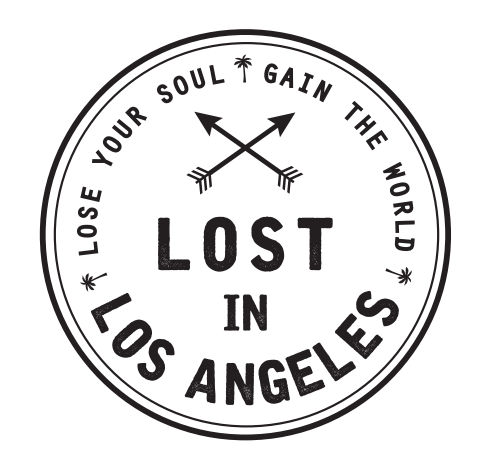Lost In Fútbol
Lost In Fútbol
Couldn't load pickup availability
Lost in Fútbol by: Joel Stallworth
We are Lost in art for all of the good reason.
In the heart of a bustling neighborhood in Chicago, there was a park where two worlds collided. On one side, kids kicked around soccer balls, practicing moves and dreaming of becoming stars on the international stage. On the other side, the unmistakable sound of an American football being thrown echoed as friends engaged in their weekend ritual. But change was in the air, and this neighborhood would soon become ground zero for a transformation that would sweep across the nation.
One late afternoon, a young girl named Sofia, whose family had recently moved from Brazil, brought a new game to her friends in the park. “Let’s play fúball!” she exclaimed, her excitement bubbling over. To her, fúball wasn’t just a variation of soccer; it was a celebration of skill, flair, and community, with no barriers between players of different ages or backgrounds.
Curiosity piqued, Sofia’s friends agreed, albeit hesitantly. They set up makeshift goals with backpacks and began to play, but as the sun dipped lower in the sky, it became clear that fúball was more than just an alternative to soccer. With its free-flowing style—where every player could score and passes were as much about creativity as strategy—everyone found themselves immediately drawn in. The laughter and energy were infectious, and soon, the park was filled with the sound of cheers and shouts, echoing a new kind of game.
As the weeks turned into months, fúball began to take root. Children from all walks of life were drawn to it, abandoning traditional barriers and igniting a sense of unity and competition. They played in the afternoons, organized weekend tournaments, and even created a social media group to share highlights and keep track of their progress. The initial awkwardness gave way to skillful moves, strategic plays, and a community bond that was palpable.
Word spread rapidly, thanks to social media and local soccer clubs looking to innovate. As more neighborhoods adopted fúball, it gained popularity among high school students. With its roots intertwined in the culture of soccer, yet offering a fresh spin that felt uniquely American, it caught on like wildfire. Soon, people found themselves captivated by the exhilarating pace of matches, the vibrant clothing worn by players, and the inclusive atmosphere that made everyone feel welcome.
Major sporting events began to take note. Local organizations hosted fúball leagues, and youth teams were formed, drawing attention from city officials and sponsors alike. Not only did it provide a dynamic platform for athleticism, but it also fostered community ties—organizations collaborated on outreach programs to introduce the sport to underprivileged areas, seeing it as a tool for empowerment and inclusion.
As fúball grew in popularity, professional leagues started emerging. Star players from various backgrounds—some hailing from soccer, others from basketball or even lacrosse—joined in. They showcased their skills in exhibition matches that highlighted the sport’s tactical brilliance and entertainment value. Major networks began broadcasting these matches, touting them as “the game of the future,” further fueling interest.
Within a few short years, fúball had crossed cultural boundaries, integrating itself into American sports culture. Schools began adopting it as part of their physical education programs, creating a natural pipeline for talent. Fans flocked to games, filling stadiums where banners and flags celebrated teams in colors that represented their diverse communities.
Back in that small Chicago park, the once hesitant players embraced their place in this new movement. Sofia became a local hero, inspiring countless kids to dream big and challenge themselves. Together with her friends, they led the charge, not just in playing fúball, but in building a community founded on respect and inclusivity.
As the United States embraced this thrilling new sport, it became evident that fúball was more than just a game; it was a phenomenon that bridged gaps and united communities. It thrived on innovation, enthusiasm, and an unyielding sense of togetherness, and as the years rolled on, it solidified its place alongside the great sports of the nation.
Lost in the rhythm of fúball, America found itself transformed—a nation where love for the game transcended every hurdle, and the beautiful game was alive and kicking in the hearts of millions.
Share














